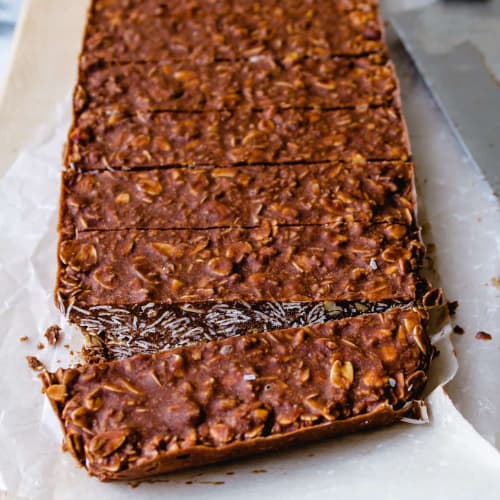Almond Flour vs Coconut Flour
Discover everything you wanted to know about Almond Flour vs. Coconut Flour. Our ultimate guide shows you the difference between coconut flour and almond flour, their nutrition facts, net carbs, how to use and measure them, and keto recipes examples.
As an Amazon Associate, I earn from qualifying purchases.
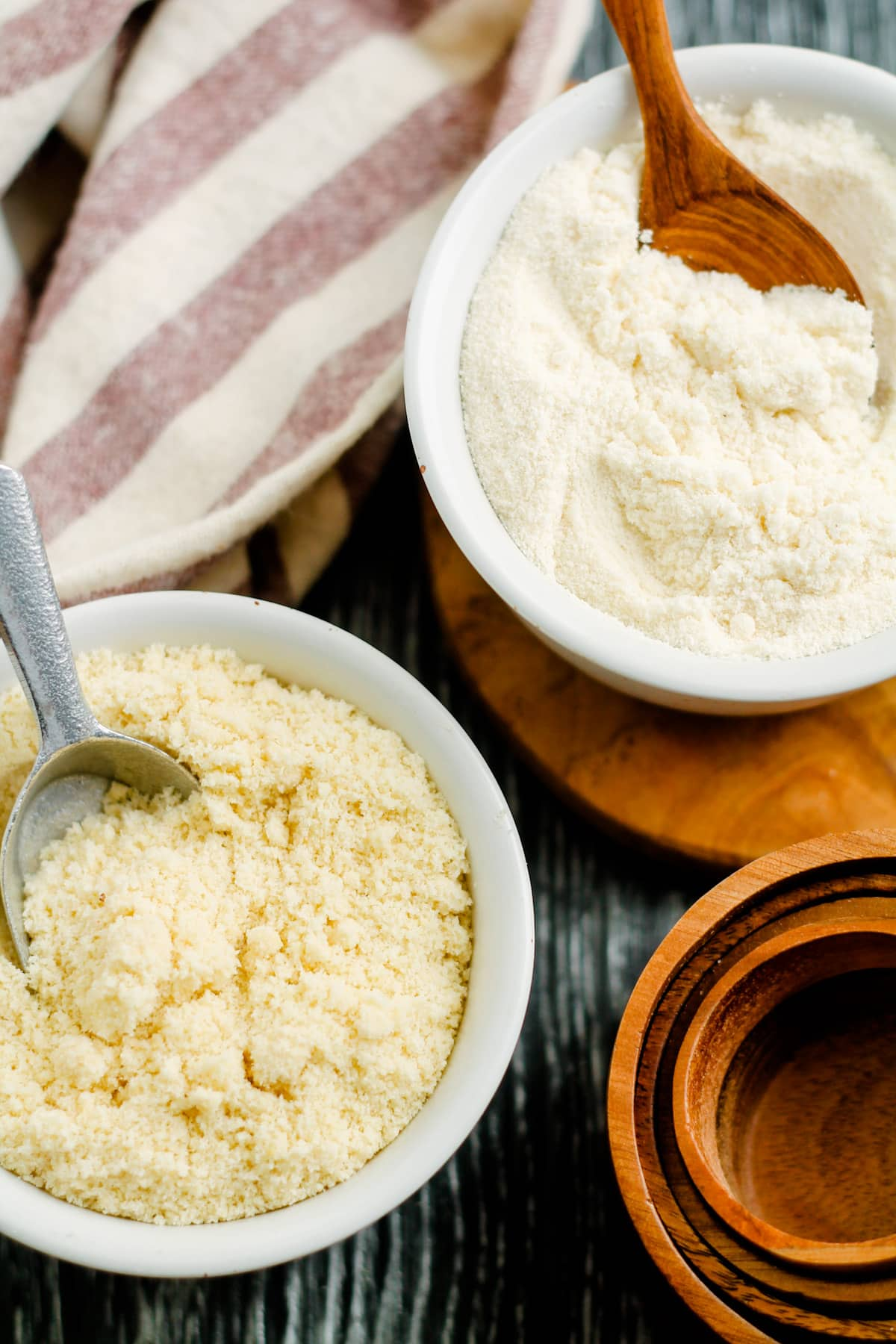
We love the taste of both almond flour and coconut flour. Both contain certain nutrients like vitamins and minerals including calcium and potassium. Coconut flour has a mildly sweet coconut flavor, and almond flour is rich and nutty.
Flour substitutes with low net carbs
When following a low-carb or keto diet, traditional wheat flour is off-limits. You can use many low-carb and keto flour substitutes in baking and cooking. Two popular options are almond flour and coconut flour, both low in net carbs and high in healthy fats and protein.
Benefits of using low-carb flour
Using low-carb flour like almond flour and coconut flour has many benefits. They are perfect for those following a paleo, low-carb or keto diet, as they are low in net carbs compared to cups of all-purpose flour and high in healthy fats and protein. Similar to cauliflower rice, they also are gluten-free and grain-free, making them an excellent option for those with restrictions.
It is crucial to remember that these flours have different properties, and you may need to adjust your recipes accordingly.
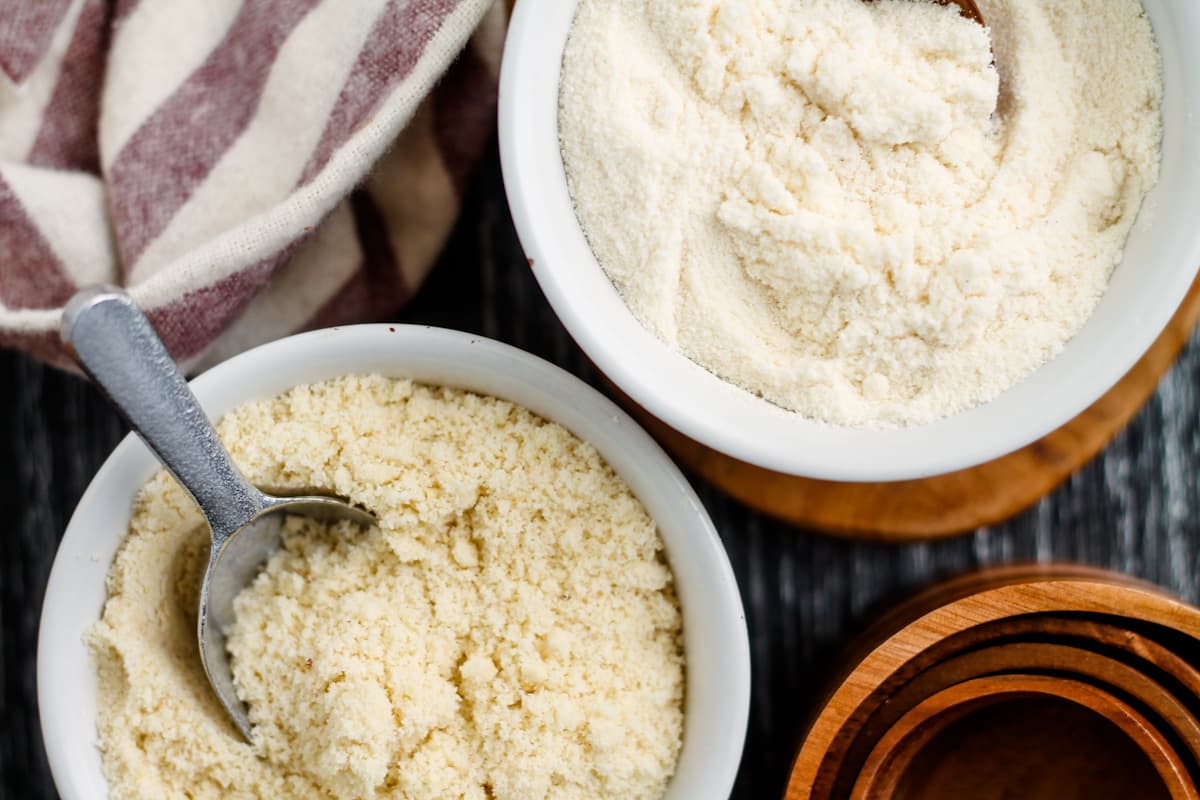
Coconut flour or almond flour: Which is better for the keto diet?
Your choice between coconut flour and almond flour will depend on your goals and preferences. Both coconut flour and almond flour have their unique nutritional profiles and benefits. Coconut flour is higher in fiber and low in net carbs, while almond flour is high in healthy fats and protein. Almond flour is slightly higher in calories.
What is coconut flour?
Coconut flour is a soft, finely ground flour made from dried coconut meat. Coconut flour’s unique texture and flavor add a slight sweetness to recipes, making it an excellent option for baking desserts and sweet treats.
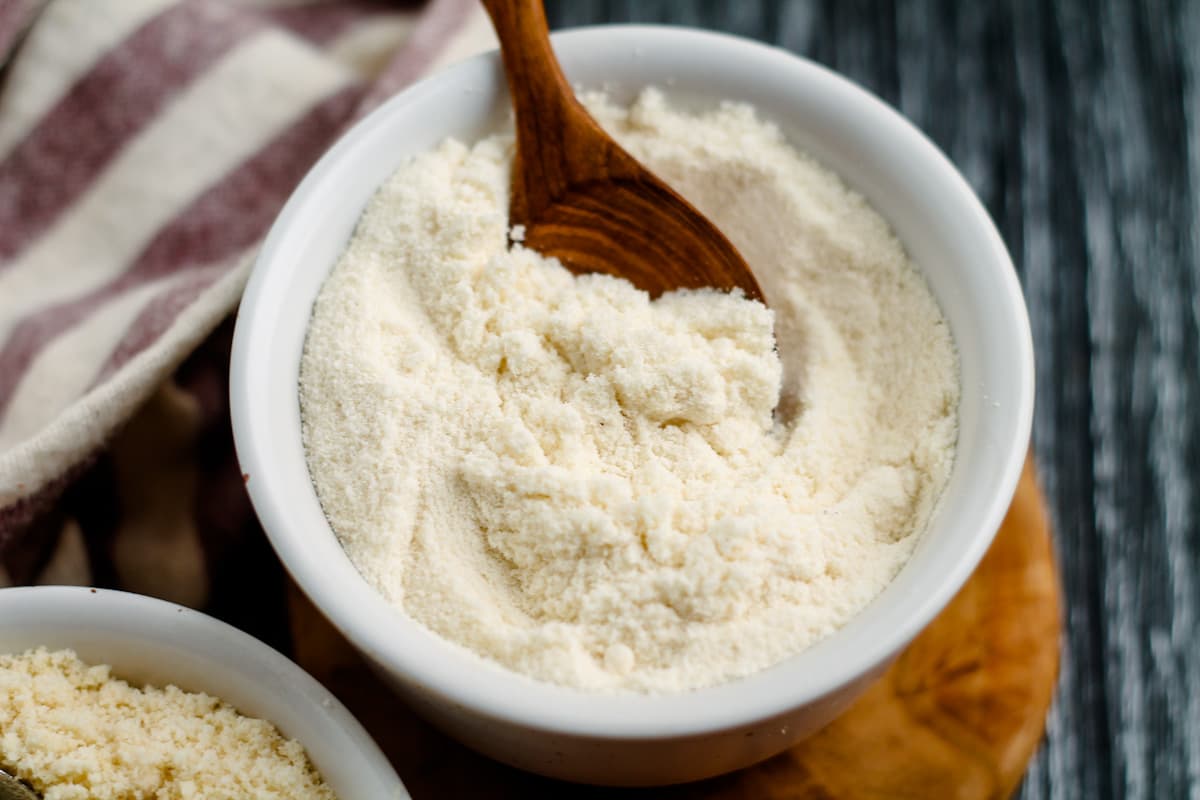
Ways to use coconut flour
Coconut flour is a versatile ingredient you can use in various creative ways in your keto kitchen. The possibilities are endless, from salty dishes like breadsticks and steamed bread to recipes with a slightly sweet flavor like pancakes, waffles, and muffins. Try experimenting with different recipes and enjoy the benefits of this low-carb flour.
How to substitute coconut flour in your recipes
Coconut flour can be challenging due to its high absorbency and unique texture. However, you can easily substitute coconut flour in your favorite recipes with a few tips. From adjusting the liquid to adding binding agents, understanding the proper ratios and techniques will help you achieve perfect results every time.
What is almond flour?
Almond flour is a low-carb flour made from blanched almonds ground into a fine powder. Almond flour has a slightly sweet and nutty flavor, and you can use it in various recipes, including baked goods like these delicious Cinnamon Roll Muffins, coatings for meats and vegetables, and as a thickener for sauces and gravies.
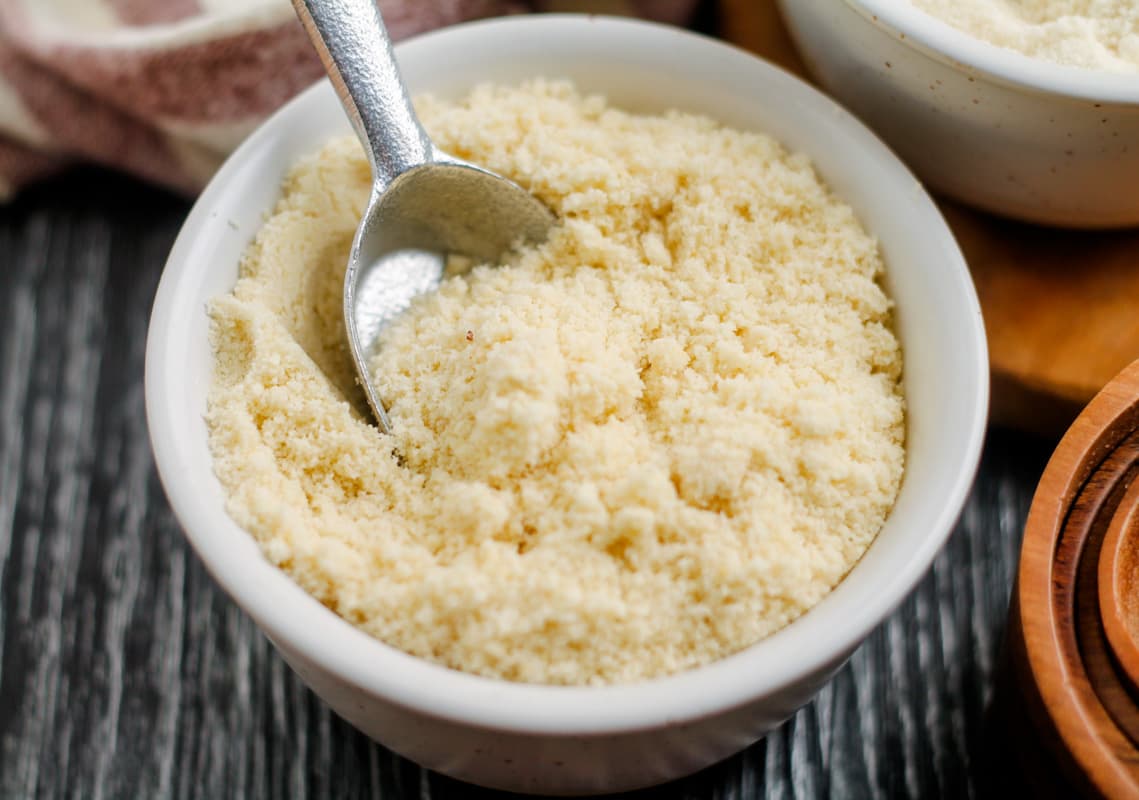
Difference between almond flour and almond meal
Almond flour and almond meal are often interchangeable, but there is also a significant difference. Almond flour is made from blanched almonds that have the skins removed and ground into a fine powder.
Unblanched almond flour, also called almond meal, on the other hand, is made from almonds that still have the skins on and is coarser in texture. It can affect the texture and color of your baked goods, so choosing the right one for your recipe is essential.
We generally use blanched almond flour for yummy recipes like these Almond Flour Blueberry Muffins and my favorite Almond Flour Lemon Cookies.
Baking with almond flour: Tips and tricks for perfect low-carb results
Baking with almond flour can be a great way to enjoy your favorite treats while staying low-carb. It can also be tricky due to its unique texture and high-fat content. You can consistently achieve perfect results by understanding the proper ratios, techniques, and flavor combinations and creating delicious low-carb baked goods.
Coconut flour and almond flour nutrition facts
Coconut flour and almond flour have similar nutritional profiles, but some differences exist. It is a bit higher in fiber and lower in net carbs, while almond flour is higher in protein and healthy fats. Both are gluten-free flours, grain-free, and keto-friendly.
For 100 grams of coconut flour, net carbs are approximately 7 grams. Almond flour contains about 3 grams of net carbs.
You might think, when reading this, that almond flour is lower in carbs.
Remember that you only need about a quarter of a cup of coconut flour when using both compared to one cup of almond flour.
In that way, making delicious baked goods makes the carb intake very similar for both.
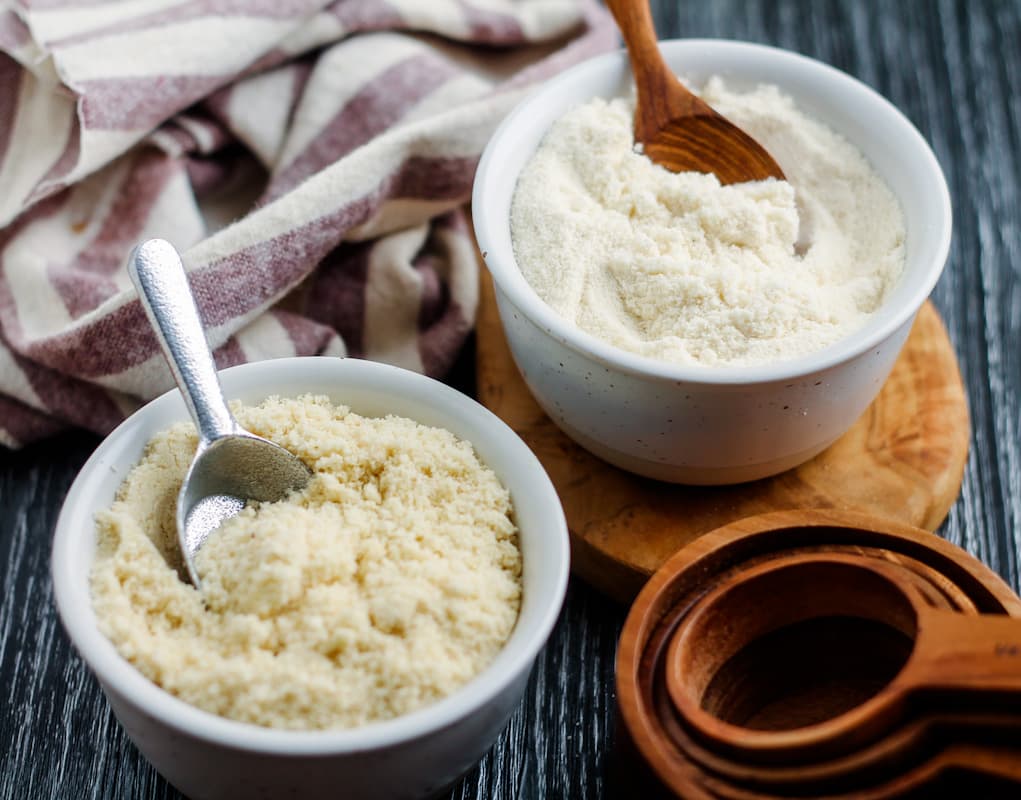
How to swap almond flour for coconut flour?
Swapping coconut flour for almond flour can be tricky, as they have different properties and behave differently in baking. Generally, you will need to use less amount of coconut flour than almond flour and add more liquid/moisture to the recipe. Finding the correct ratio for your recipe may take some trial and error.
To start with, I use a ratio of four to one. For a cup of almond flour, I replace it with a quarter cup of coconut flour. This is, of course, just an estimate on how to start when developing the recipe.
Baking with coconut flour vs almond flour
Coconut flour vs almond flour behave differently in baking, so choosing the right one for your recipe is essential. This flour is highly absorbent and requires a lot of liquid, while to use almond flour is more forgiving and doesn’t require as much liquid such as eggs or milk. Coconut flour is best for bread, cakes, and muffins.
Making your own almond and coconut flour
Making your own Almond and Coconut Flour is an easy and cheaper way to enjoy the benefits of low-carb flour. By making these flours yourself, you can ensure they are fresh and free from additives, making them perfect for your lifestyle.
How to make your own coconut flour
Making your coconut flour is surprisingly easy and affordable. Take shredded or desiccated coconut, which I have made from scratch and still made coconut milk beforehand. I then spread the coconut pulp onto a baking sheet and baked it at a low temperature until fully dry.
Blend it until you get a fine powder, and then sift it to remove any larger pieces to get a natural fine flour. Homemade coconut flour is a great way to save money and avoid any added sugars or preservatives found in store-bought options.
How to make your almond flour
Similarly, making your almond flour at home is a simple process. Start with blanched almonds (skins removed). Pulse them in a food processor until they form a fine, powdery texture. Like coconut flour, homemade almond flour is cost-effective and lets you control the quality of the ingredients.
Tips and tricks
- Blanching almonds — If you are planning to make white almond flour, place your nuts with skin into the boiling water for two minutes. Drain, wash, and spread on a cloth. By that time the skin will become loose and you can easily peel it using your hands.
- Amount – One and a half cups of almonds gives you two cups of almond flour and two and a half cups of coconut shreds gives you one cup of coconut flour
Where can you buy them?
By now most grocery stores carry these flours or you can find them on Amazon.
We always buy the Kirkland brand of almond flour since we go through so much that it is good to have the big bag on hand. We keep it in the fridge.
For our coconut flour recipes, we usually purchase Bob’s Red Mill Coconut Flour.
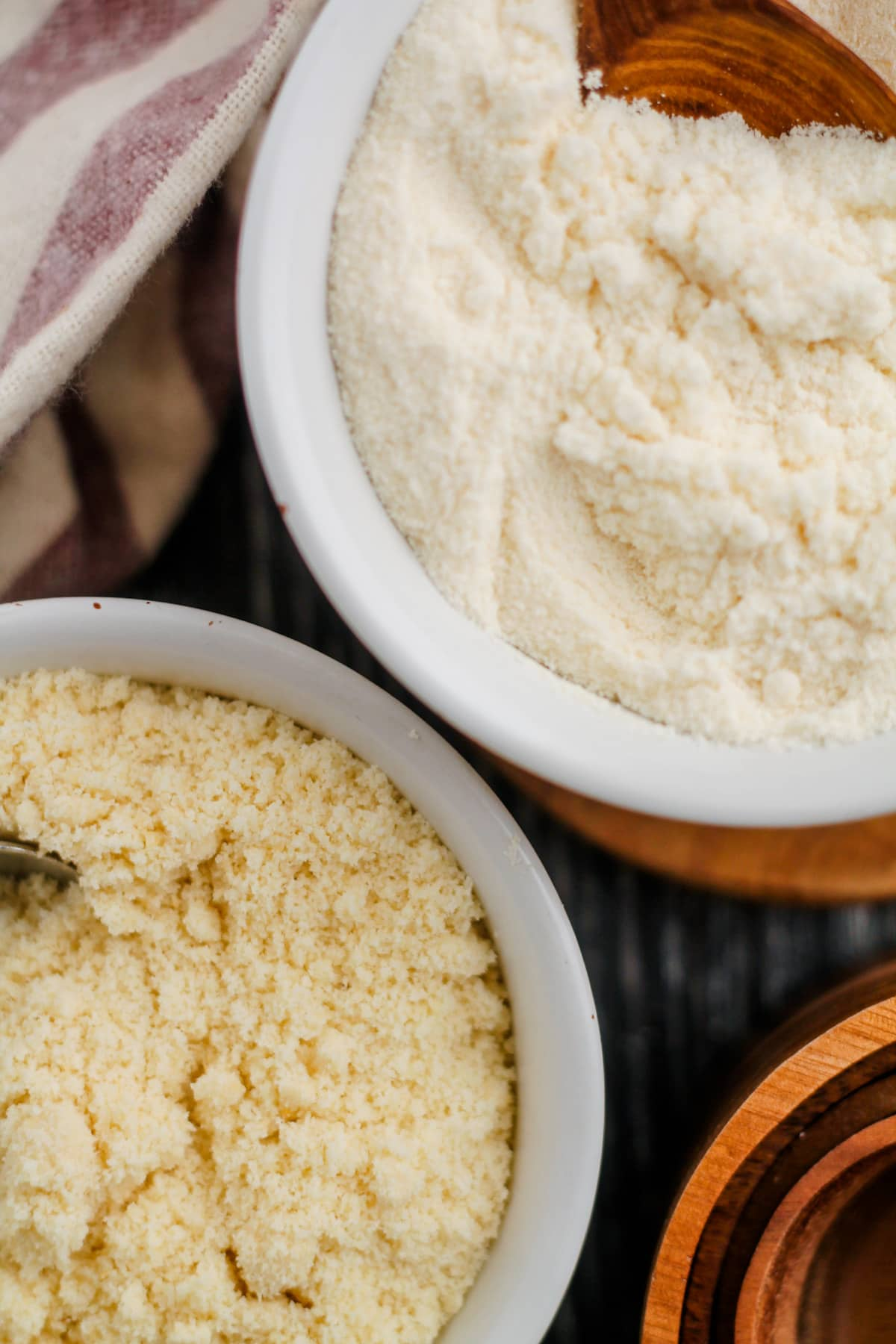
Zuzana is the creative force behind her websites Lowcarb-nocarb and Best Clean Eating. As a content creator, food recipe developer, blogger, and photographer, Zuzana brings diverse skills to the table with a dedication to sharing delicious, healthy recipes and helpful tips with the readers. Get her Best Keto Recipes Book for free.
This article originally appeared on Low Carb – No Carb.






